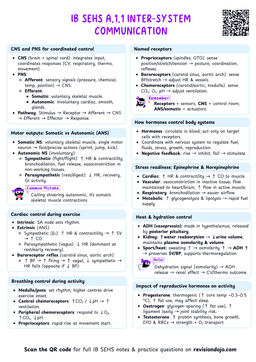Buoyancy: the force that keeps you afloat
Buoyancy
Buoyancy is the upward force exerted by a fluid (air or water) that opposes the weight of an object submerged in it.
- This force is governed by Archimedes’ Principle, which states:
- The buoyant force acting on an object is equal to the weight of the fluid displaced by the object.
Key factors affecting buoyancy
- Density of the Fluid: Denser fluids exert a greater buoyant force. For example, saltwater provides more buoyancy than freshwater because it is denser.
- Volume of Fluid Displaced: Larger objects displace more fluid, resulting in a greater buoyant force.
- When a swimmer floats on the surface of the water, their body displaces a volume of water equal to their weight.
- If the swimmer’s body density is less than the water’s density, they float.
- This is why body position and lung capacity (which affects volume) are critical in swimming.
Drag: the force that slows you down
Drag
Drag is the resistive force that opposes the motion of an object through a fluid.
- It is a critical factor in sports like swimming, cycling, and skiing, where reducing drag can significantly enhance performance.
- Drag can be categorized into three types:
1. Surface drag
Surface Drag
Surface drag is the resistance that occurs when an object moves through a fluid, such as air or water, due to friction between the object's surface and the fluid.
- This occurs due to friction between the surface of the object and the fluid. A smoother surface reduces this interaction, minimizing drag.
2. Form drag
Form Drag
Form Drag is the drag caused by the separation of the boundary layer from a surface and the wake created by that separation
- Form drag arises from the shape of the object and how it pushes against the fluid. Streamlined shapes reduce this type of drag by allowing fluid to flow more smoothly around the object.
3. Wave drag
Wave Drah
Wave Drag is a drag force acting on a body that is moving at the interface of two fluids.
- Wave drag occurs when an object moves at the interface between two fluids, such as air and water. The creation of waves consumes energy and increases resistance.
Factors influencing drag
- Fluid Viscosity: Thicker fluids create more drag.
- Surface Area: Larger surface areas increase drag.
- Shape and Texture: Streamlined and smooth surfaces reduce drag.
- Relative Velocity: Drag increases with the square of velocity, meaning faster motion results in exponentially greater drag.
In competitive swimming:
- Surface drag: Using tech suits with low-friction fabric
- Form drag: Maintaining streamlined body position
- Wave drag: Swimming at optimal depth after starts/turns
Lift: the force that defies gravity
Lift
Lift is the force that acts at a right angle to the direction of motion through the air. Lift is created by differences in air pressure.
- Lift is a force that acts perpendicular to the direction of motion and is often associated with objects moving through air, such as airplanes, golf balls, or javelins.
- Lift is generated by pressure differences on opposite sides of an object, as explained by Bernoulli’s Principle:
- As the velocity of a fluid increases, its pressure decreases.
Advanced lift applications
- In Ball Sports:
- Tennis serve dynamics:
- Topspin creates downward force
- Slice creates sideways movement
- Flat serve maximizes speed
- Golf shot trajectories:
- Backspin increases carry distance
- Sidespin controls shot shape
- Launch angle optimization
- Tennis serve dynamics:
- In Athletic Equipment:
- Javelin throw:
- Angle of attack optimization
- Stabilizing spin effects
- Cross-wind compensation
- Ski jumping:
- Body position aerodynamics
- Ski angle adjustment
- Air pressure utilization
- Javelin throw:
Different sports require different optimizations of lift forces. What creates ideal lift for a golf ball would be detrimental for a javelin.
Bernoulli’s principle in sports
Bernoulli's principle
When fluid velocity increases, pressure decreases, and vice versa. This principle explains how lift is generated in sports.
- Consider a golf ball with backspin. The backspin increases the velocity of airflow over the top of the ball, reducing pressure there.
- The higher pressure beneath the ball creates an upward lift force, allowing the ball to travel farther.
Projectile Motion in Fluids: The Magnus Effect and Angle of Attack
- When a projectile moves through a fluid, its path is influenced by forces like drag, lift, and buoyancy.
- Two key phenomena that affect projectile motion are the Magnus Effect and the Angle of Attack.
The Magnus Effect
- The Magnus Effect occurs when a spinning object creates a pressure difference in the surrounding fluid, resulting in a curved trajectory.


